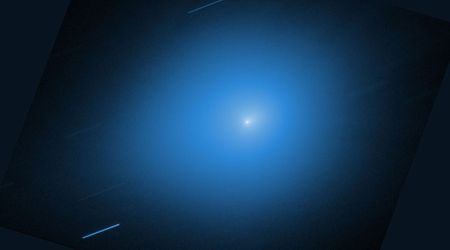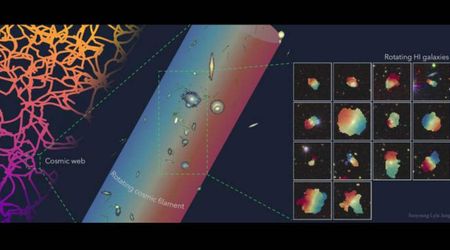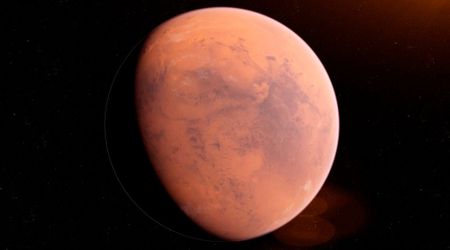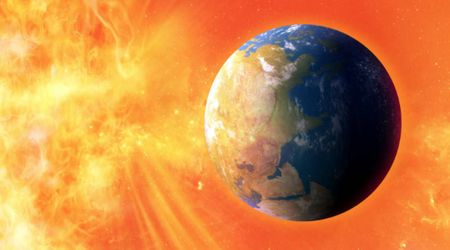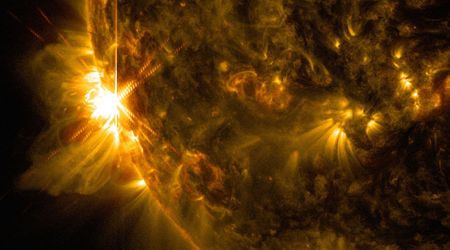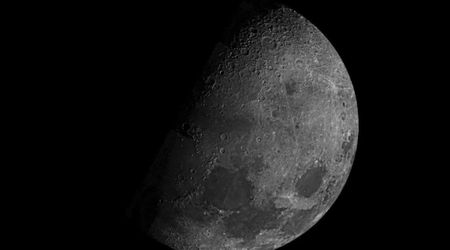What planets have no moon and why?


If you look at each planet in the solar system, you'll notice that the majority of them have moons. Even Pluto, who is no longer considered a planet, has 5 moons! Although natural satellites are seemingly everywhere, with over 210 known moons in our solar system, there are a couple of planets that have no moons at all: Mercury and Venus.
To understand why these two inner planets have no moons, we must go far back in time and learn about the rather violent period during which the solar system was formed.
Why does Mercury have no moon?
Mercury is the smallest, and innermost planet in the solar system. It's also the closest planet to the sun ever since its formation 4.5 billion years ago. The sun's gravitational influence is much stronger on Mercury than on any other planet, and this has had a big impact on its formation.
Mercury didn't always exist in its current form. In the early days of the solar system, the sun was surrounded by a huge disk of dust and gas. This material gradually coalesced together to form the planets, moons and asteroids that we see today.
During this rather violent time in the solar system, Mercury was bombarded by huge meteorites. During this event known as the Late Heavy Bombardment (LHB), these collisions were so powerful that they would have destroyed any moons that may have formed around Mercury.
Furthermore, strong solar wind emanating from the young Sun would have stripped away any material that could have possibly been used to form a moon. For these reasons, Mercury has no natural satellites today.
To finish, even if a moonlet had formed, it is most likely that the Sun would have gravitationally disrupted it. Mercury is too close to the Sun and too small, so its gravitational influence is rather insignificant compared to our local star. It is likely that this would make it extremely difficult for any moons to stay in orbit around Mercury.

Mercury can not have a moon because it is too close to the Sun.
Why does Venus have no moon?
Some scientists believe that Venus had a moon at one point in its history. In 2006, Alex Alemi and David Stevenson of Caltech presented models that suggest that Venus may have been hit twice by large objects early in its history. These objects would have been large enough to completely tear one side of the planet open, and the resulting debris would have coalesced to form a single moon.
Million of years later, a second large object hit the planet, resulting in the moon being re-absorbed by the planet over time. This second impact is thought to be responsible for the slow retrograde rotation of Venus that we see today.
However, there are no observations to support this theory, and it remains just that – a theory. In fact, most scientists believe that Venus, just like Mercury, is too close to the Sun and its strong gravitational pull to have ever had a moon.
In the below video, Anton Petrov, from the YouTube channel "What Da Math?", explains another theory. This theory stipulates that Venus used to have a gigantic ocean on its surface and that the Sun's gravitational influence on said ocean contributed to slowing down the rotation of the planet over billions of years. The slow rotation of the planet would have made it more difficult for Venus to hold on to any moons.
Conclusion
So, while we don't know for sure why Mercury and Venus have no moons, the most likely explanation has to do with the chaotic early history of our solar system as well as their placement within it.
Thank you for reading!
